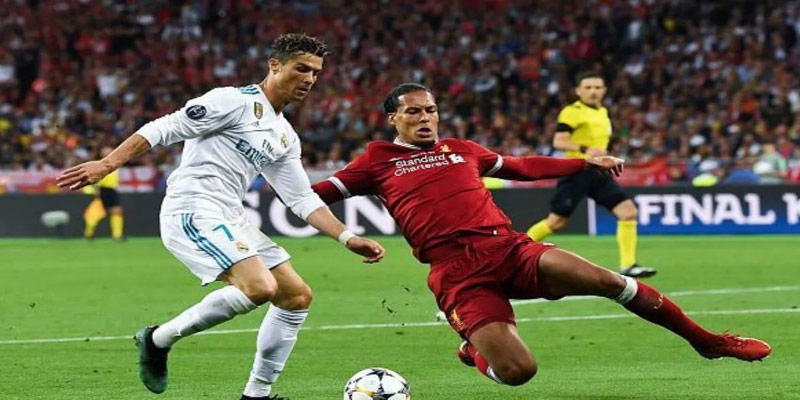Defenders in modern football have evolved from simple goalkeepers to crucial playmakers who shape the flow of the game. With their advanced positioning, tactical awareness, and increasing involvement in offensive strategies, they are key to a team’s success. No longer just stopping attacks, they now initiate counterattacks and contribute significantly to victories. Understanding this evolution is essential to fully appreciating the complexity of today’s football, especially when considering platforms like I9BET, where every aspect of the game’s strategy plays a role in predicting outcomes.
Essential Skills for a Defender
For a defender to excel in their role, several essential skills must be mastered. These abilities form the foundation upon which a successful defender builds their career.
Basic Defensive Skills
Basic defensive skills like tackling, marking, and intercepting passes are fundamental to a defender’s effectiveness.
Tackling, for instance, is not merely about dispossessing the opponent; it requires precision timing and appropriate technique. A well-executed tackle can turn the tide of a match, while a poorly timed one can lead to fouls or even penalties.
Marking involves closely following an opponent, preventing them from receiving the ball or making effective runs. Effective marking requires sharp anticipation and spatial awareness, allowing defenders to read the game and respond accordingly.
Interception skills enable defenders to anticipate the path of the ball and make crucial disruptions. This skill is crucial in breaking up passing plays and transitioning quickly from defense to attack.
Game Reading Ability
An underappreciated skill among defenders is their game reading ability—essentially, the capacity to predict the ball’s movement and adjust positioning accordingly. This skill allows defenders to stay one step ahead of attackers, anticipating plays before they unfold.
The ability to read the game involves understanding the movements of both teammates and opponents. It requires keen observation and comprehension of tactical patterns. A defender who can correctly predict an opponent’s next move can effectively counteract their threats.
Game reading extends beyond individuals; it encompasses the entire defensive unit working cohesively. When defenders communicate effectively and synchronize their movements, they can create a formidable barrier that is difficult for attackers to break down.
Physical Strength and Stamina
Defenders must possess physical attributes that facilitate their roles. Fitness, strength, and stamina are paramount in competing with agile and powerful strikers.
A physically strong defender can withstand challenges and dominate aerial duels, which often become decisive moments in matches. Stamina ensures that a defender can maintain high levels of performance throughout the entire game, especially in fast-paced situations.
Moreover, a well-conditioned body helps prevent injuries, allowing defenders to contribute consistently to their teams. They must be ready to sprint back at a moment’s notice, chase down opponents, and recover from defensive duties to join the attack when needed.
Tactics and Detailed Roles
With football constantly evolving, the tactical roles of defenders have grown more complex. Understanding how they fit into various systems and formations is essential for appreciating their contribution to the game.
Defenders in Different Tactical Systems
There are various tactical systems in football, each offering different roles for defender. Common formations such as 4-4-2, 3-5-2, or 4-3-3 require defenders to adapt their strategies based on the team’s needs.
In a 4-4-2 formation, two center-backs form the core of the defense, supported by full-backs on either side. Here, the full-backs are encouraged to overlap, providing width and support to the attack while remaining vigilant defensively.
Conversely, in a 3-5-2 formation, defenders often find themselves playing a more expansive role. With three center-backs, there is typically greater emphasis on covering wide areas and keeping opponents contained. In this system, wing-backs often push forward and become key contributors to the offense.
In a 4-3-3 setup, full-backs frequently feature prominently in the build-up play. Their ability to transition from defense to midfield is critical. Thus, defenders in this formation must balance their defensive responsibilities with contributing to creating goal-scoring opportunities.
